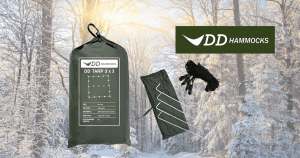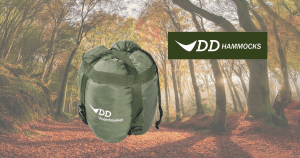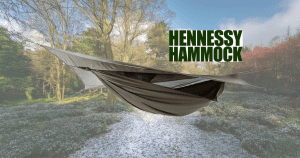Getting packed for wild camping is more than just throwing gear in a bag; it’s all about making thoughtful choices. Your wild camping kit list should cover the essentials for comfort, safety, and enjoyment while keeping your pack manageable and within budget.
Each item here has been personally recommended and includes practical details on weight and cost. Read on for our ultimate wild camping kit list and links to in-depth reviews on Gone Outdoors!
Essential Wild Camping Kit List
Here’s a quick checklist of essentials for your wild camping kit list, from backpacks to head torches. After the list, we’ll dive into each item with recommendations.
- Backpack
- Tent
- Boots
- Sleeping mat
- Sleeping bag
- Stove
- Food
- Jacket
- Trousers
- Mid-layer
- Head torch
- First aid kit
- GPS
Backpack – Osprey Men’s Aether 65
- Weight: 2.29 kg (5 lbs)
- Cost: £240 (approx. $290)
The Osprey Aether 65 is the backbone of our wild camping kit list—literally, as it carries all your essentials. With 65 litres of space, it strikes the perfect balance between capacity and comfort. This pack is thoughtfully designed with an adjustable back panel, supportive hip belt, and multiple compartments to help keep your kit organized. The weight distribution on this pack is superb, so even a fully loaded bag feels manageable. See our full review for all the reasons this backpack deserves a top spot on your wild camping kit list.
Read our full review of the Osprey Aether 65.
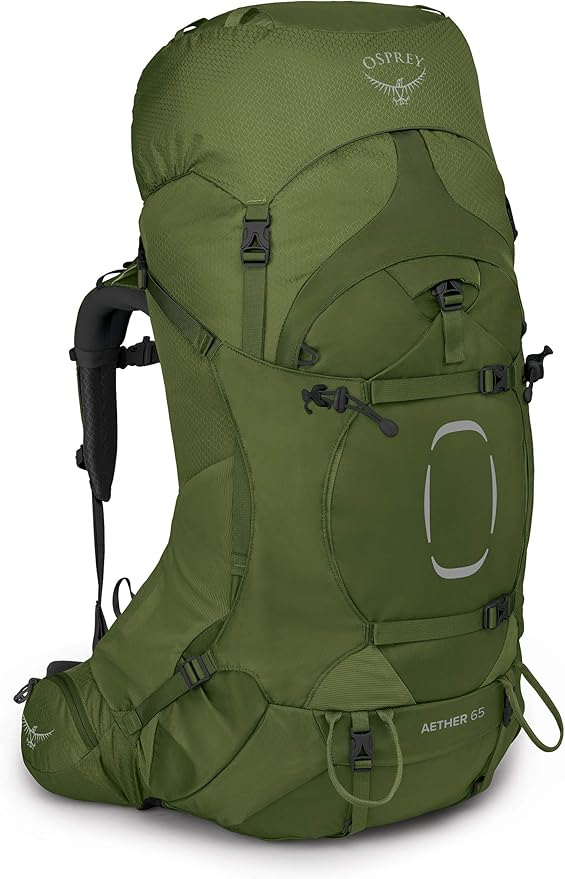
Tent – MSR Hubba Hubba NX 2
- Weight: 1.54 kg (3.4 lbs)
- Cost: £320 (approx. $380)
A solid, dependable tent is crucial on any wild camping kit list, and the MSR Hubba Hubba NX 2 is a fantastic choice. It’s lightweight, incredibly durable, and waterproof, giving you a reliable shelter in all weather. The design maximizes interior space while maintaining portability, making it ideal for one or two campers. If you’re looking for a tent that’s easy to set up and holds up against the elements, this is the one. Dive into our detailed review to learn more.
Check out our full review of the MSR Hubba Hubba NX 2.
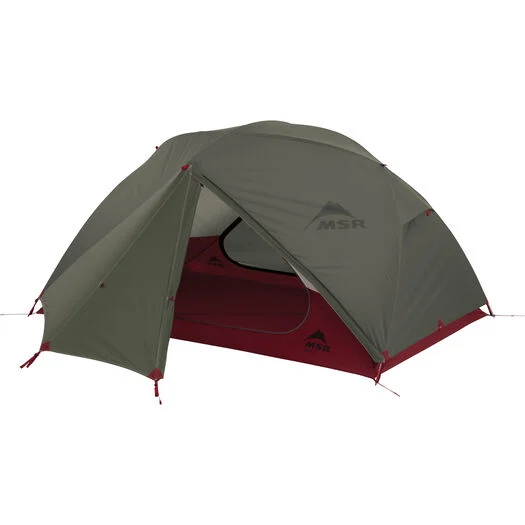
Boots – Salomon Quest 4 GTX
- Weight: 645 g (1.42 lbs) per boot
- Cost: £180 (approx. $215)
Boots are the foundation of your wild camping kit list, and the Salomon Quest 4 GTX combines comfort with durability. These boots are waterproof, supportive, and provide excellent traction on rough terrains. They’re also lightweight for hiking boots, reducing fatigue on long treks. With extra ankle support and a grippy sole, the Quest 4 GTX keeps you steady on tricky terrain. Read our full review to see why these boots are the right fit.
Read our review on Salomon Quest 4 GTX.
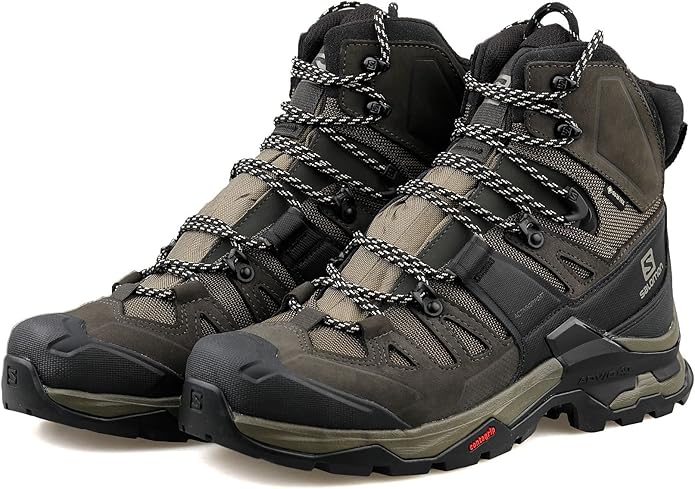
Sleeping Mat – Exped MegaMat 10
- Weight: 2.5 kg (5.5 lbs)
- Cost: £180 (approx. $215)
The Exped MegaMat 10 offers a bed-like sleep in the wilderness. With self-inflation and high insulation, this mat is comfortable and warm, making it a fantastic addition to your wild camping kit list. Although a bit heavier, it’s worth the weight if you’re after a good night’s sleep. The MegaMat’s thickness provides solid insulation from the ground, keeping you warm and cushioned.
Explore our review of the Exped MegaMat 10.
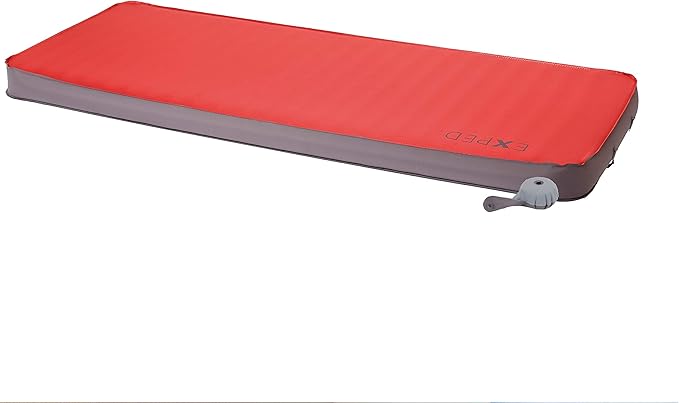
Sleeping Bag – Rab Ascent 700
- Weight: 1.35 kg (3 lbs)
- Cost: £210 (approx. $250)
A sleeping bag is essential for warmth, and the Rab Ascent 700 excels in cold conditions. This down-insulated sleeping bag is compressible and lightweight while providing substantial warmth. Designed to handle temperatures as low as -8°C (17°F), it’s ideal for three-season camping and makes a fantastic addition to any wild camping kit list.
See our full review of the Rab Ascent 700.
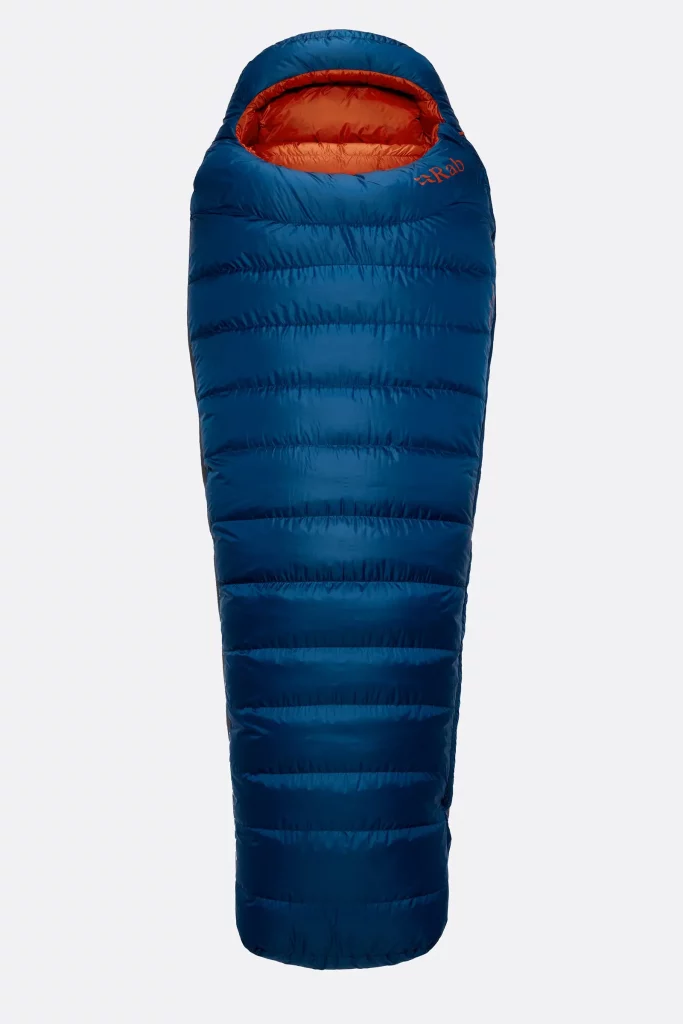
Stove – MSR Pocket Rocket 2
- Weight: 73 g (2.6 oz)
- Cost: £45 (approx. $55)
Compact, lightweight, and easy to use, the MSR Pocket Rocket 2 is perfect for quick and efficient cooking. It packs down to nearly nothing, takes just a minute to set up, and boils water impressively fast. For everything from boiling water to simmering meals, this stove is a top choice for your wild camping kit list.
Check out our MSR Pocket Rocket 2 review.
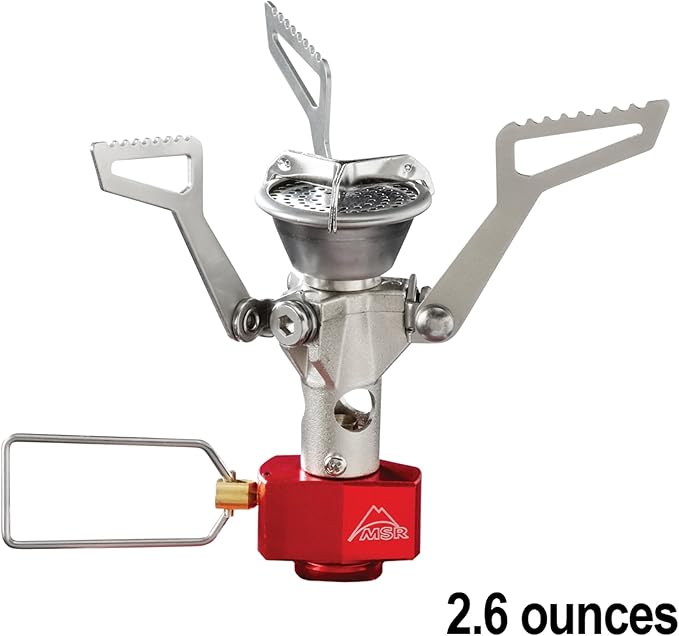
Food – Expedition Foods Dehydrated Meals
- Weight: Varies (typically around 100 g/meal)
- Cost: £8-£10 per meal (approx. $10-$12)
For quick, nutritious meals that keep your pack light, Expedition Foods is a go-to. Each meal is lightweight, calorie-dense, and easy to prepare—just add hot water. Plus, the range of flavours means you can enjoy variety, even in the wilderness. Food is one of the most important parts of a wild camping kit list, and these meals make it easy.
Read our full guide on Expedition Foods.
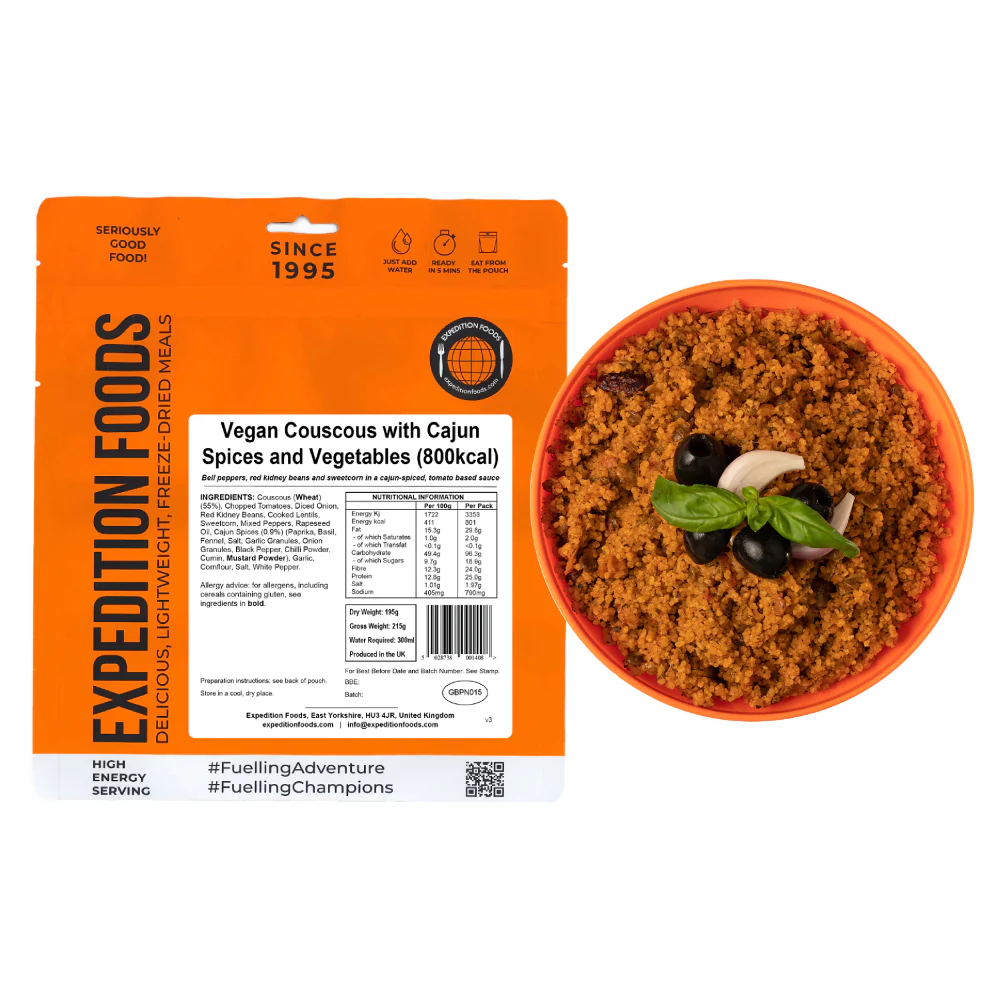
Jacket – Rab Men’s Kangri GTX Jacket
- Weight: 524 g (1.15 lbs)
- Cost: £290 (approx. $350)
A waterproof jacket is a staple for any wild camping kit list, and the Rab Men’s Kangri GTX is tough to beat. Made with Gore-Tex, it’s waterproof, windproof, and highly breathable, keeping you protected in unpredictable weather. For rainy hikes or windy summits, this jacket is both practical and durable.
See our full review of the Rab Kangri GTX Jacket.
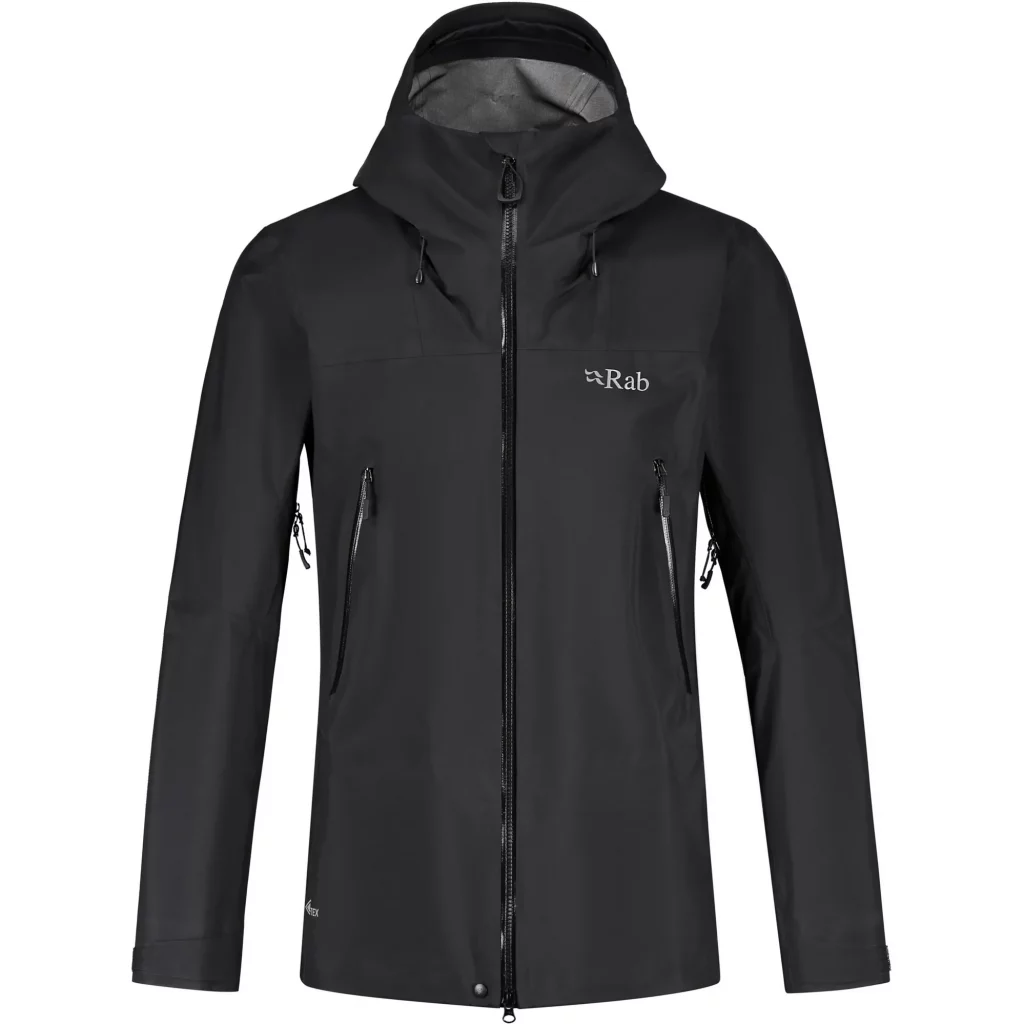
Trousers – Montane Terra Pants
- Weight: 310 g (0.68 lbs)
- Cost: £90 (approx. $110)
Montane Terra Pants are ideal for all-weather wild camping, offering lightweight durability and a quick-drying fabric. Reinforced in key areas, they stand up to rough terrain, and they’re breathable, which helps with comfort over long treks. The Terra Pants earn a prime spot on any wild camping kit list for their resilience.
Read the full review on Montane Terra Pants.
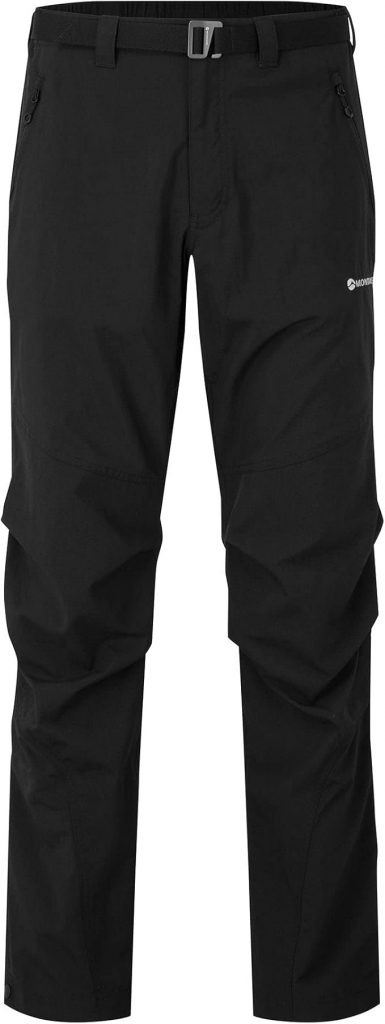
Mid-Layer – Icebreaker Merino Wool Layers
- Weight: Varies by item (average 200-300 g/0.4-0.7 lbs)
- Cost: £80-£120 (approx. $95-$145)
Icebreaker merino wool is a brilliant mid-layer for any wild camping kit list. Merino wool regulates temperature, wicks moisture, and resists odour, which is essential for multi-day camping. Icebreaker tops and jackets are soft, comfortable, and insulating, making them a versatile layer that’s well worth the price.

Head Torch – Petzl Actik Core
- Weight: 75 g (2.6 oz)
- Cost: £45 (approx. $55)
A dependable head torch is vital for wild camping, and the Petzl Actik Core is both lightweight and bright. This torch has multiple brightness settings, is USB rechargeable, and fits comfortably. Whether you’re night hiking or just reading in your tent, the Petzl Actik Core lights the way.

First Aid Kit – Wild Camping First Aid Essentials
- Weight: Typically around 200-300 g (0.4-0.7 lbs)
- Cost: £15-£40 (approx. $18-$50)
A well-stocked first aid kit is non-negotiable for any wild camping kit list. Basic first aid supplies like blister plasters, antiseptics, and pain relievers can make a huge difference. Check out our guide on the best essentials to keep your wild camping first aid kit prepared for any minor mishaps.
Read our guide on first aid kits for wild camping.
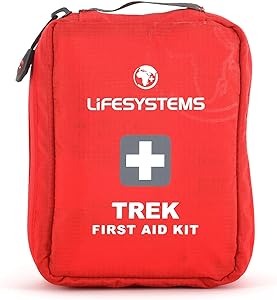
GPS – Garmin inReach Explorer+
- Weight: 213 g (0.47 lbs)
- Cost: £350 (approx. $420)
The Garmin inReach Explorer+ is a lifesaver on any wild camping kit list. Equipped with GPS, mapping, and satellite messaging, it keeps you connected and on track even in remote areas. This device can also send an SOS signal, offering peace of mind when you’re far off the beaten path.
Check out our full review of the Garmin inReach Explorer+.
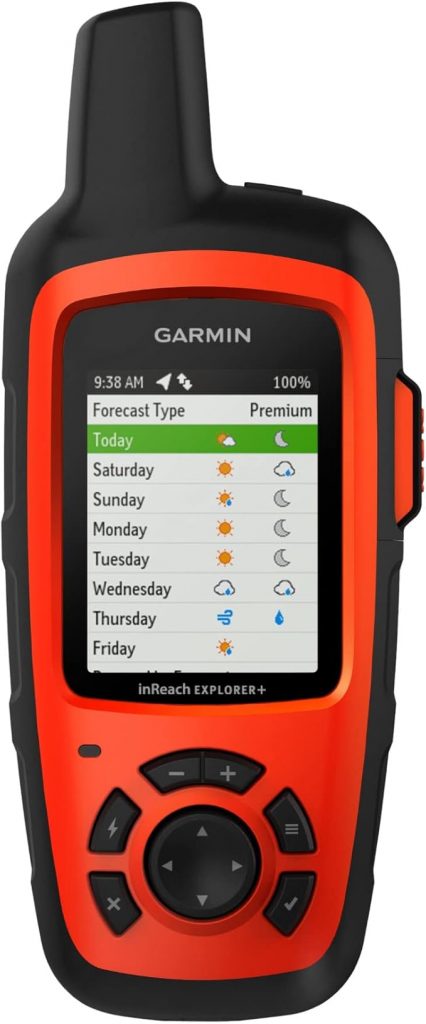
Wrapping Up: Ready to Pack?
That wraps up our ultimate wild camping kit list! With each item ready to go, you’re fully prepared for an adventure in the wild. For in-depth product reviews and more tips, explore Gone Outdoors for everything you need to complete your kit.
Wild Camping Kit List FAQ
- What’s the most important item on my wild camping kit list?
While every item on your wild camping kit list serves a purpose, the most essential items are your shelter and sleeping bag. A sturdy, weather-resistant tent like the MSR Hubba Hubba NX 2 keeps you safe from the elements, while a reliable sleeping bag like the Rab Ascent 700 ensures warmth and comfort through the night. These two pieces form the foundation of a good night’s rest, which is crucial when you’re covering ground each day in potentially tough conditions. - How much should my wild camping kit list weigh?
The weight of your wild camping kit list will depend on trip length and personal comfort. For multi-day trips, try to keep your total pack weight between 10-12 kg (22-26 lbs). Keeping the load manageable helps avoid fatigue and makes trekking easier. Lightweight options for each item on your wild camping kit list can make a huge difference, especially for longer hikes. Focus on prioritizing essentials, choosing compact, multi-use items, and avoiding heavy extras. - What kind of tent is best for wild camping?
For wild camping, the best tents are lightweight, durable, waterproof, and easy to set up. Look for a 1- or 2-person tent that can withstand rain and wind, like the MSR Hubba Hubba NX 2. This tent’s compact design, reliable waterproofing, and easy assembly make it ideal for one or two campers. A high-quality tent will serve as a secure base and protect you from the elements, so it’s worth investing in one with a proven track record. - Why is a GPS device recommended for wild camping?
A GPS device, like the Garmin inReach Explorer+, is recommended for wild camping because it provides navigation and safety features that can be life-saving in remote areas. In addition to accurate mapping, this device offers satellite messaging and SOS capabilities, allowing you to communicate even without cell service. While traditional maps are useful, a GPS adds an extra layer of reliability, particularly if you’re venturing off well-known trails. - What should be in a wild camping first aid kit?
A wild camping first aid kit should include essentials for common issues such as blisters, cuts, stings, and minor injuries. Key items are adhesive bandages, sterile gauze, blister plasters, antiseptic wipes, pain relievers, tweezers, and any personal medications. You might also consider a small roll of athletic tape for added support if needed. Being able to handle small medical issues can make a big difference in comfort and safety when far from help. - Do I need specific food for wild camping?
Yes, choosing food designed for camping makes a big difference. Dehydrated or freeze-dried meals, like those from Expedition Foods, are ideal because they’re lightweight, compact, and easy to prepare—all you need is hot water. These meals are designed to be calorie-dense to keep you fueled without adding unnecessary weight to your wild camping kit list. Snacks like nuts, dried fruit, and energy bars are also useful for quick energy boosts on the trail. - Are water purification tablets necessary on a wild camping kit list?
Yes, water purification tablets or a portable water filter is essential. Even if you’re camping near a water source, drinking untreated water can lead to illness. Purification tablets are a lightweight, easy-to-use option that kills bacteria, viruses, and parasites. Alternatively, small, portable water filters provide a quick, chemical-free solution to purifying water, making them perfect for wild camping trips where clean water may not be readily available. - What kind of stove is best for wild camping?
The best stove for wild camping is lightweight, compact, and fuel-efficient. The MSR Pocket Rocket 2 ticks all these boxes and is simple to set up and use. It works well with widely available gas canisters, so it’s easy to refuel on multi-day trips. Look for a stove that can boil water quickly but also has the option to adjust the flame for cooking, which makes meals more versatile and enjoyable. - Is a head torch necessary for wild camping?
Yes, a head torch is a must for your wild camping kit list. The Petzl Actik Core is an excellent choice, providing hands-free lighting with adjustable brightness settings. A head torch is invaluable for setting up camp after dark, night hikes, or even midnight nature calls. It’s lightweight and convenient, and most head torches have long-lasting batteries or rechargeable options to save weight on extra batteries. - Why is a mid-layer essential on a wild camping kit list?
A mid-layer is essential because it helps regulate body temperature by adding insulation without bulk. Merino wool mid-layers, like those from Icebreaker, offer warmth, moisture-wicking, and odour resistance, which is invaluable on multi-day camping trips. Layering is crucial for adapting to changing weather conditions and staying comfortable, so a good mid-layer bridges the gap between your base layer and outer jacket effectively. - What kind of backpack is ideal for wild camping?
For wild camping, choose a backpack with a capacity of 50-70 litres, depending on the length of your trip. A model like the Osprey Men’s Aether 65 offers excellent capacity with added support and weight distribution, making it comfortable to carry even with a full load. Look for features like multiple compartments, adjustable straps, and a hip belt to help spread the weight. A well-designed backpack keeps your gear organized and accessible, making life easier on the trail. - What should I consider when choosing a sleeping mat?
When choosing a sleeping mat, consider comfort, insulation, weight, and packability. The Exped MegaMat 10 provides a high level of comfort and insulation, though it’s slightly heavier. If you’re a light sleeper or camping in colder weather, a thicker mat with good insulation (R-value of 4 or higher) can make a big difference in rest quality. For multi-day treks, balance between comfort and pack weight by choosing a mat that packs down easily. - Can I wild camp alone with this kit list?
Yes, this wild camping kit list is complete for solo campers, but taking safety precautions is important. Always let someone know your planned route and expected return time, and have an emergency plan. Solo wild camping can be incredibly rewarding, offering freedom and solitude, but extra awareness and caution are needed to ensure a safe experience. The GPS, head torch, and first aid kit are particularly important for solo campers. - How can I stay environmentally friendly with my wild camping kit list?
You can keep your wild camping kit list environmentally friendly by following Leave No Trace principles. This includes packing out all waste, avoiding disturbance of natural areas, and sticking to established paths when possible. Choose reusable items, like rechargeable batteries and biodegradable soap, to minimize waste. Leave each campsite as you found it—or better—so the wilderness remains pristine for others to enjoy. - Is a lightweight or heavy-duty jacket better for wild camping?
A lightweight yet durable jacket is usually best for wild camping, especially in the UK where weather can be unpredictable. The Rab Men’s Kangri GTX jacket is ideal, offering waterproofing and wind resistance without being overly heavy. A jacket that combines durability and breathability with weather protection is ideal for wild camping, as it covers a range of conditions without adding unnecessary weight to your kit list.


